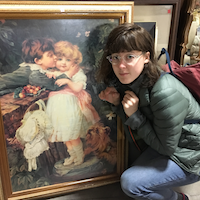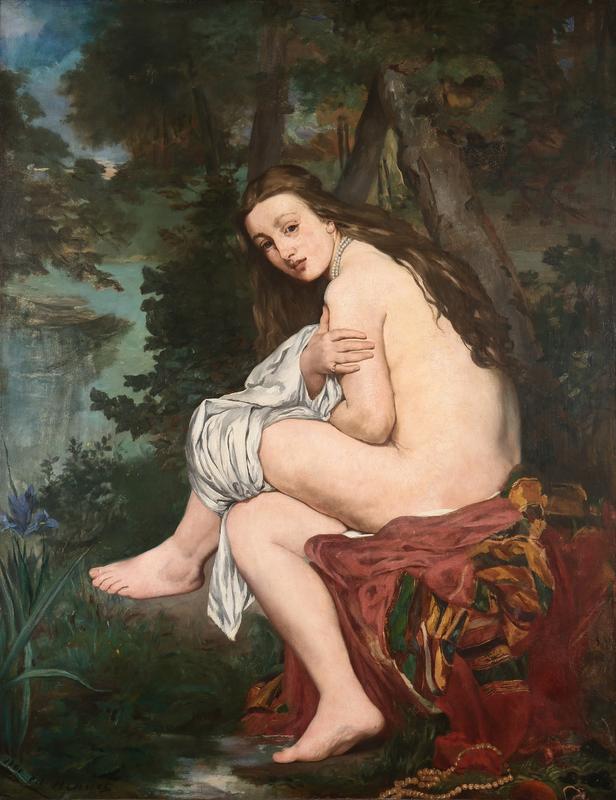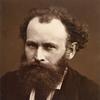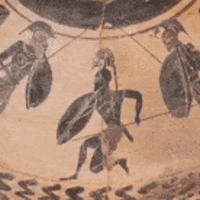More about The Surprised Nymph

Contributor
The Surprised Nymph was Manet’s way of dipping his toes into the murky waters of painting decidedly scandalous, birthday suit-clad females en plein air.
It was, shall we say, a preliminary sketch for his nudes to come, leading up to the controversial cult classics, Luncheon on the Grass and Olympia. But long before Manet was "lunching" on grassy knolls and lounging around with alleged prostitutes in bedchambers, he was dealing with some pretty dicey stuff in his personal life, much of which involved this voluptuous and stunning Nymph who we see momentarily distracted from her bathing activities—Suzanne Leenhoff. Manet fixated on this painting, reworking it on at least three separate occasions until he discovered the perfect composition: one nymph (Suzanne), unaccompanied by any other figures, who shields herself from nosy voyeurs (that's us).
Manet had 99 problems in his life and they all involved women. None of his relationships, however, were more strange than the one he had with Suzanne Leenhoff. Described by art historian Anne Higonnet as "plump, blonde and Dutch," she began her association with the Manet clan as a piano teacher to Édouard and his brother Auguste. It wasn’t long before she became pregnant with a son, Léon-Edouard Koëlla Leenhoff, who would remain very close with the Manets throughout his life. Which “Manet” was Léon's father, however, is up for debate to this day as Suzanne, shall we say, got freaky in the sheets with Manet, his father, and possibly also his brother(s)?
If Suzanne knew who the father was—and there's a great possibility that she didn't—she refused to disclose this tidbit of information, instead passing him off as the son of her mother (her little brother). She upheld this charade until Léon's 20th birthday, at which point she admitted that he was her son in order to ensure that he would receive his due inheritance. Historians today are almost certain that he did exist (even that fact is somewhat dubious, although a boy assumed to be Léon is depicted in seventeen of Manet's paintings), yet there is still no concrete knowledge of paternity. Regardless, Suzanne and Édouard Manet officially married following the death of his father in 1863. Initially detested by Édouard's mother, the Dutch pianist eventually became a beloved member of the family. Manet even used her brother as reference for one of the male figures in his Luncheon on the Grass.
The fact that The Surprised Nymph, the painting that Suzanne stars in, was painted it 1861, leads us to believe that the two were romantically involved even before their official marriage but kept their affair secret for years. Why? Some speculate that since Suzanne was also involved with Manet's father, they would have needed to keep any canoodling on the down low, for fear of offending Manet the Elder—yikes. Of course, Manet would go on to have many affairs and many other muses, but that's a story for another day.
Sources
- Davies, Serena. "Did Manet have a secret son?" The Telegraph. January 18, 2013. Accessed August 09, 2017. http://www.telegraph.co.uk/culture/art/art-features/9796322/Did-Manet-h….
- Higonnet, Anne. Berthe Morisot. Berkeley: University of California Press, 1995.
- NSNC, Grupo. "The Surprised Nymph (La Nymphe surprise)." Museo Nacional de Bellas Artes. Accessed August 09, 2017. https://www.bellasartes.gob.ar/en/the-collection-highlights/2712.
- Schneider, Pierre. The World of Manet. Nederland: Time-Life International, 1973.












